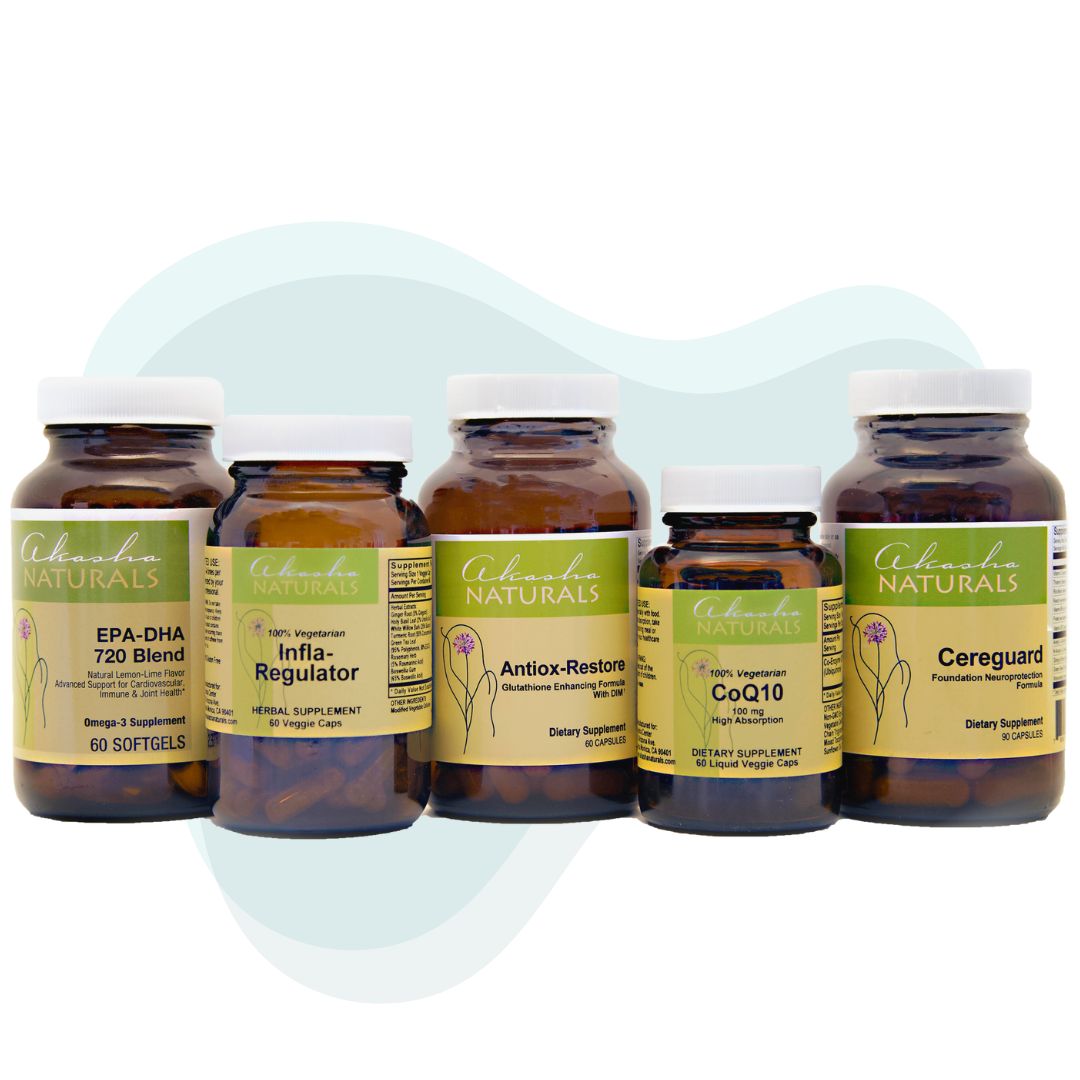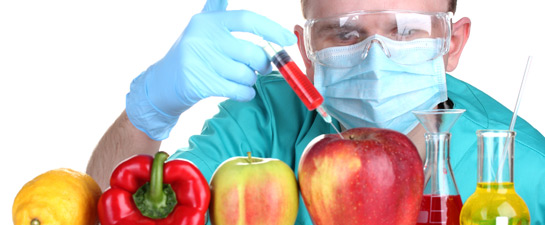Edison de Mello, MD, PhD
The Answer: Your Health
For over forty industrialized nations – including countries such as Australia, Brazil, China, Russia, and Spain – the question of whether or not to identify and label GMO’s is a no-brainer. When asked how Europeans handle GMO labeling, a European colleague of mine – not surprisingly – laughed as she wisely said, “You Americans can make such a big deal out of nothing. In Europe, this is a very easy question to answer: Research has consistently shown that it is bad for you, so we stopped using it.”
What she meant is that GMO labeling is a requirement in Europe. Because well-informed Europeans do not want to eat GMO’s, they simply stopped buying them. The same food companies – such as Nestle, Kraft and Hershey – The ones pouring millions of dollars into defeating the ballot in California – Do not use GMO’s in the European food market.
Period.
The Link Between GMOs and Disease
In 2008, I read a report on NaturalNews.com — an online magazine — about a condition called Morgellons disease. The symptoms of this “unknown” disease included crawling, stinging, biting, and crawling sensations; threads or black speck-like materials on or beneath the skin; granules, lesions. Some patients reported fatigue, short-term memory loss, mental confusion, joint pain, and changes in vision.
The condition was initially dismissed but the disease was later reported as being “possibly” real and a link to genetically modified food was suggested; however, the CDC classified Morgellons disease as being of unknown origin and left the patients suffering from it and the surrounding community wondering what to do.
A research study was finally run on fiber samples taken from Morgellons patients. It was discovered that, although the fiber samples of all the patients looked remarkably similar, they did not seem to match any common environmental fiber. But when the fiber was broken down and its DNA extracted, it became apparent that it belonged to a fungus. The fibers were found to contain Agrobacterium: A genus gram-negative bacteria with the capacity to transform plant, animal, and even human cells.
Morgellons disease is not the only condition associated with genetically modified foods. Allergies, liver problems, sterility and overall immune-compromising disorders have all been linked to GMO foods. Experiments conducted on genetically modified food show that genetic material in genetically modified food product can transfer into the DNA of intestinal bacteria and still continue to thrive.
Even Monsanto Scientists Won’t Touch That Stuff!
A few months ago, I read an article by best-selling writer and filmmaker Jeffrey Smith. Mr. Smith is the Executive Director of the Institute for Responsible Technology. In his article entitled “Just Say No to GMO’s: Sowing the Seeds of Deception”, Smith writes that an ex-Monsanto scientist revealed to him that, due to the results of tests on milk from cows injected with genetically engineered bovine growth hormone (rbGH), three of his colleagues refused to drink milk again unless it was organic. Why? Because Insulin-like Growth Factor (IGF-1) is well-known for causing cancer and the scientists were well aware that IGF-1 was found on rbGH: The very hormone they inject into the milk-producing cows.
According to Smith, the scientists also disclosed that Monsanto employees discovered adverse reactions in rodents that were fed genetically modified corn. It was further revealed that instead of withdrawing the dangerous crops, the study was written to omit the problem. (Smith, J. 2012)
Won’t labeling cost the consumer a lot of money?
As my grandma used to say: What a crock of you-know-what! This claim is exactly that. The state’s most recent data on the cost of GMO food labeling showed that the cost would be up to one million dollars: Less than 3 cents per person in California. On the other hand, as Smith wrote in his article, “If food companies [who manufacture food containing GMO’s] were to simply eliminate GMO’s rather than admit they use them, the measure would cost Monsanto plenty.” Isn’t it clear why companies like Monsanto have spent more than $44 million on the fight against Prop 37, according to www.maplight.org?
But It Is Expensive to Eat Organic…
In most cases, organic food is still more expensive than “conventionally grown” food that is sprayed with all kinds of pesticides. So what do those who cannot afford to eat an all- organic diet do? Become familiarized with which foods are the most common GMO crops and do their best to either avoid them altogether – like Europe did – or buy them at the local farmers’ market.
There are essentially ten to twelve of GMO crops plus their derivatives: Corn, rice, some tomatoes, soy, white potatoes, cottonseed oil, peas, Canola oil, papaya (mostly Hawaiian), crook neck squash, some Zucchini, and alfalfa hay for animal feed.
Unfortunately, the derivatives or so-called “offspring” of these foods, especially corn and soy, are included in so many processed foods that finding out precisely which ones they are in is a daunting task.
The website www.nonGMOshoppingguide.com can help. It lists GMO-free products by category and all are verified by the Non-GMO Project.
So, What Does the Future for GMOs Look Like in the U.S.?
I strongly believe that the future of GMO labeling lies in education, full disclosure, and a decision on the part of the consumer that says NO to the food companies that insist on lying to us. How do we do that? By following the European model: If there is no demand, there is no fabrication.
The American Academy of Environmental Medicine (AAEM) has warned that genetically-modified food poses a serious threat to human health. The AAEM advises doctors to tell their patients to avoid GMOs, explaining that the introduction of GMOs into the current food supply has correlated with an alarming rise in chronic disease and food allergies.
“…To brush off precaution on the convenient argument that there is not enough evidence to prove that GM food is indeed harmful is sheer irresponsibility. It certainly is a lame excuse to offer in the event that GM foods are indeed proven to contain health hazards.” – Geib, A. (2012).
What can we as citizens do?
Use the most powerful way available to make your voice and opinion known by first become as educated about the dangers of GMO as you can. Then demand change through whatever means are available at your local and state governments. Your voice in demanding that the food you buy is labeled GMO is your right as a citizen, a consumer, a parent.
Dr. Edison de Mello is the founder and CEO of the Akasha Center for Integrative Medicine (www.akashacenter.com) and Akasha Naturals (www.akashanaturals.com). Both companies were founded with the mission of not only advancing the cause of integrative and comprehensive healthcare, but also of aligning our health with that of the environment.
References:
Smith, J. (2012). Just Say No to GMO’s: Sowing the Seeds of Deception. Transform your Health. Retrieved November 1st, 2012, from www.transformyourhealth.com/webnewsletters/nov10/justsaynotogmoarticle.htm
Geib, A. (2012). GMO alert: top 10 genetically modified food to avoid eating. Natural News. Retrieved October 31st, 2012, from www.naturalnews.com/035734_GMOs_foods_dangers.html#ixzz2Av63bgGO
Resource sites:
www.votersedge.org/california/ballot-measures/2012/november/prop-37/funding
www.gmocompass.org/eng/database/food/238.honey.html
www.naturalnews.com/027226_food_GMO_foods.html
www.actionbioscience.org/biotech/pusztai.html
www.organicconsumers.org/articles/article_11361.cfm
www.sustainabletable.org/issues/rbgh/






